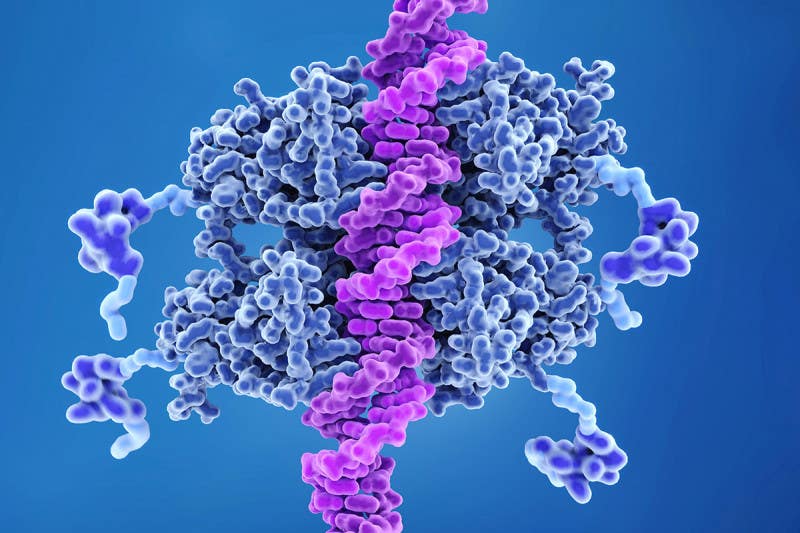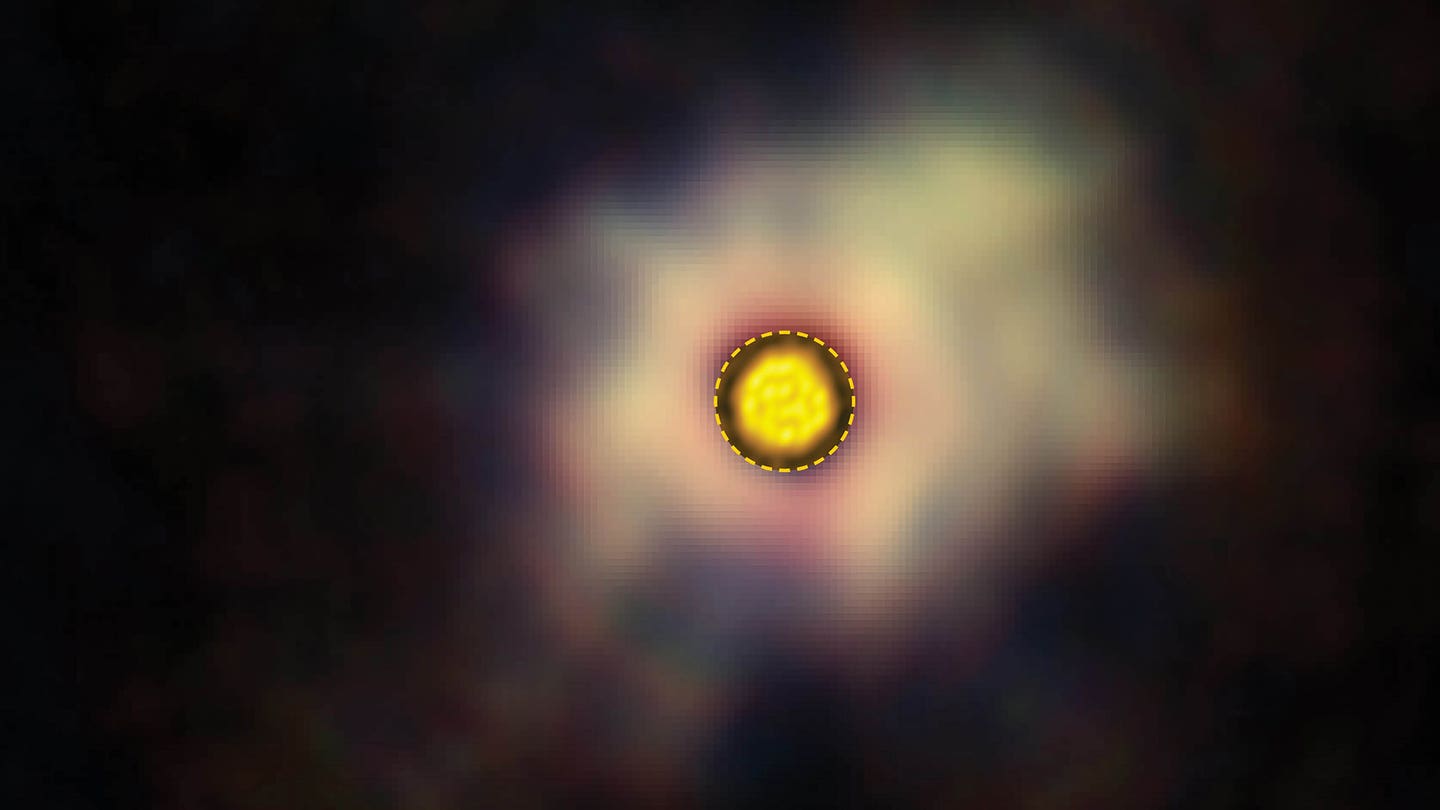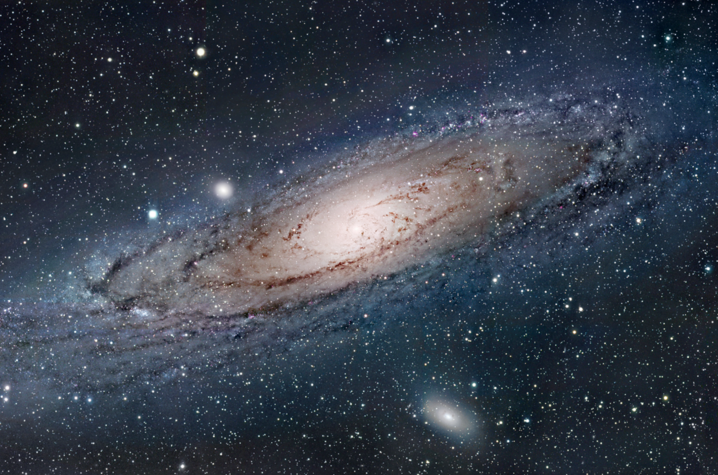Scientists uncover the elegant math woven into evolution
In the intricate tapestry of our world, nature and math often intersect, creating patterns that define life in ways that are esoteric.

[Sept. 22, 2023: Staff Writer, The Brighter Side of News]
In the intricate tapestry of our world, nature and math often intersect, creating patterns that define life in ways that are esoteric. (CREDIT: Creative Commons)
In the intricate tapestry of our world, nature and math often intersect, creating patterns that define life in ways that are both esoteric and tangible. When we delve into the mathematical relationships underpinning the natural world, a mesmerizing panorama of patterns emerges, enlightening the numbers aficionado and the nature lover alike.
For most, the allure of math is a nuanced taste, lost in its abstraction. However, the natural realm is a testament to the tangible beauty of mathematics. From the precise spacing in sunflower seeds, the meticulous arrangement of scales on pinecones, to the repeated designs in pineapples, nature unwittingly becomes a canvas for mathematical principles.
The renowned Fibonacci sequence, where each number is the cumulative sum of its two predecessors, exemplifies this. This numeric sequence, though born from abstract calculations, has very real representations in our world.
As Oxford University mathematician Ard Louis articulates, "The beauty of number theory lies not only in the abstract relationships it uncovers between integers but also in the deep mathematical structures it illuminates in our natural world."
Related Stories
Unmasking Evolution Through Mathematics
Ard Louis, along with a diverse team of researchers, has illuminated a fresh facet of the connection between math and nature. Their exploration ventured into the world of genetics, seeking answers to evolutionary mechanisms that operate on molecular scales.
Every organism is subject to genetic mutations over time—these tiny errors that creep into genomes become the drivers of evolution.
Some mutations manifest as diseases or beneficial traits, while others remain silent, having no discernible impact on the organism's phenotype. Such silent players are termed neutral mutations. Despite their quiet role, they chronicle genetic histories, marking evolutionary paths as species branch out from shared ancestors.
Schematic to illustrate the coding theory/graph theory perspective on the maximum robustness for an induced subgraph of the Hamming graph. (Top) By considering the Hamming graph’s vertices as binary sequences, sequences that differ by exactly one character are connected by an edge. (CREDIT: The Royal Society Interface)
As Louis expounds, "We have known for some time that many biological systems exhibit remarkably high phenotype robustness, without which evolution would not be possible."
Mapping Mutations and Mathematical Robustness
The study took a deep dive into mutational robustness—the capacity of organisms to endure mutations while preserving their characteristic traits. This phenomenon generates genetic diversity and varies across species, evident even in cellular proteins.
A linear-log plot of the bricklayer’s graphs’ robustness ρmaxp for n vertices, given by equation (3.6), versus frequency (number of vertices n divided by kℓ), where ℓ = 6 and k = 2. (CREDIT: The Royal Society Interface)
Louis and his team turned their focus on protein folding and RNA structures to understand how genotypic sequences lead to specific phenotypic outcomes. To achieve this, they ran intricate numerical simulations to determine how close nature could approach the maximal mutational robustness.
Their findings unveiled that mutational robustness could indeed peak in naturally occurring proteins and RNA structures. Intriguingly, the maximal robustness exhibited a self-replicating fractal pattern, the Blancmange curve, which was proportionate to a fundamental concept in number theory, the sum-of-digits fraction.
The robustness of every component of every folded phenotype for both the RNA and HP GP maps (of various lengths) is plotted against the frequency (fraction of vertices f = |V(G)|/kℓ in the entire Hamming graph) alongside the continuous interpolation of the maximum robustness curve from equation (3.6)) (black line). (CREDIT: The Royal Society Interface)
Vaibhav Mohanty, from Harvard Medical School, shared a riveting observation: "It's as if biology knows about the fractal sums-of-digits function." Such a revelation underscores the intimate link between the abstract world of math and the tangible realm of biology.
The Inexorable Connection
Nature's myriad complexities are intriguingly bound to the realm of numbers. This recent study solidifies the idea that mathematics is not just an abstract domain. Instead, it serves as the foundation, giving structure to the universe, even at its most microscopic levels.
Plot of left-hand side (ordinate) and right-hand side (abscissa) of equation (5.5) for physical phenotype data for RNA12 and RNA15 from our dataset. (CREDIT: The Royal Society Interface)
For those who've often wondered about the relevance of number theory beyond classrooms and academic papers, this is an eye-opener. It underscores the universality of math, spotlighting its significance in the most unexpected of places—our very genes.
This groundbreaking research, promising a new vista of understanding the mathematical patterns governing genetic evolution, has been featured in the Journal of The Royal Society Interface.
As we march forward in the quest for knowledge, it becomes evident that math and nature, in their dance, reveal secrets that not only enlighten but also mesmerize.
For more science and technology stories check out our New Discoveries section at The Brighter Side of News.
Note: Materials provided above by The Brighter Side of News. Content may be edited for style and length.
Like these kind of feel good stories? Get the Brighter Side of News' newsletter.



